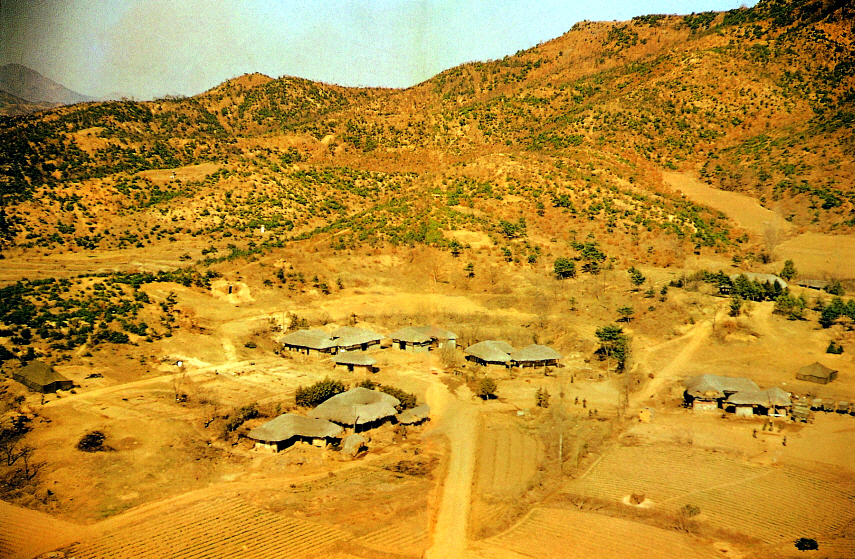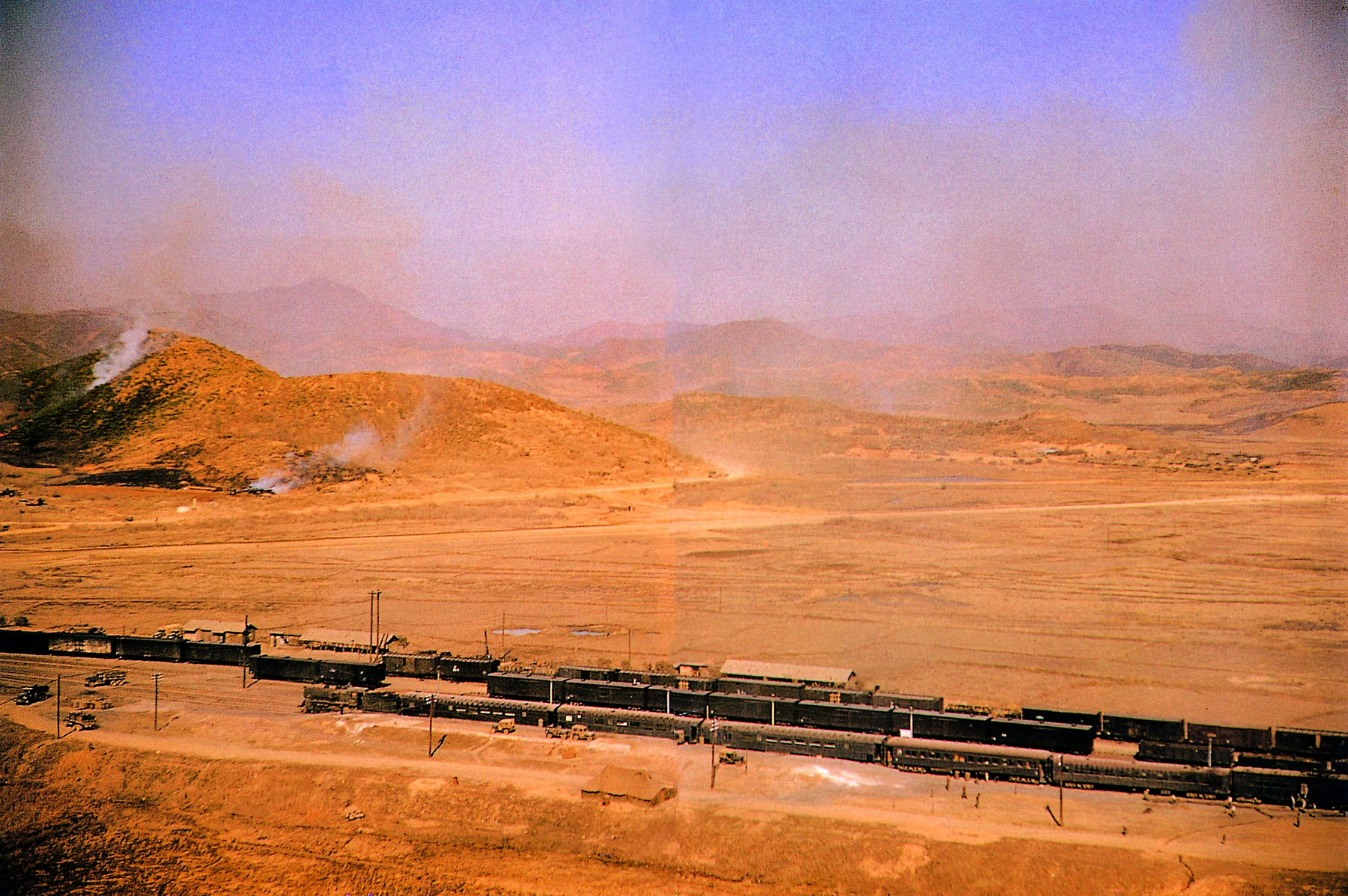A UN FAO report in 2015 revealed that 129 million hectares, an area equivalent to the size of South Africa, of forests had been lost since 1990. Deforestation is expected to continue because of the continued growth in population along with the need to find residential space for the added number of people. In particular, as demand for land in many developing countries has increased, forest has been destroyed.
Korea is a small peninsula country in the Far East. Compared with small size of the land, population density is currently 500 people/km2, taking the 6th highest in the world. With an absolute lack of natural resources, forest has been ruined greatly due to the long-lasted land clearing and collection of timber and fuel wood.
During the era of Chosun Dynasty (1392-1910), forest belonged to the government. However, it was open to the public and people were allowed to collect fuel wood and timber. Since pine trees were the most important timber resource, government prohibited harvesting the pine trees and prevented people from entering the mountains in some regions. However, the Chosun Dynasty failed to carry out systematic planting and forest protection. As the population started to increase in the end of Chosun Dynasty, destruction of the forest continued and was accelerated by the exploitation of resources during the Japanese colonial era.
When Korea was liberated in 1945, total forest area in South Korea was 6.81 million ha, occupying 68% of the total land area. At that time many Koreans abroad returned home. As a result, the population in South Korea (with the total land area being 9.9 million ha) exceeded 20 million people in 1949. Soon, due to the terrible Korean War in 1950, there was a chaotic situation with the state of anarchy. In such a situation, illegal and over-cuttings occurred everywhere. As much timber was required for the in-coming refugees and the post-war construction project, the forest became even worse.[1][Table 1] Changes in areas (unit: ha) of devastated mountains from 1946 to 1973. Source: National Institute of Forest Science (1974).View
[Figure 1. Bare Mountains at Nortern Area of Seoul in Early 1960sMountains with only clumsy young pine trees sparsely scattered and a few sleepy thatched houses at the foot of the mountain. It’s a picture of north Gyeonggi Province at the beginning of the 1960s.View.]

[Figure 2. Bare Hills at Munsan Station in 1960A sight in the vicinity of Munsan Station, Gyeonggi Province at the beginning of the 1960s. At that time, this kind of bare landscape was seen anywhere in Korea.View.]

Due to destruction of the forest, droughts and floods occurred every four years in average during the Japanese colonization (1910~1945), and every two to three years until the 1970s. As the soil on the mountain slope was seriously lost during heavy rain, the sliding soil swept away the farmland, resulting in bigger floods and bad crop harvest. In late 1950s, 58% of the forest nationally became bare mountains. Also, the mountain area with urgent erosion control reached 0.68 million ha.
In the 1960s, Korean government started to firmly execute the forest reclamation policy. With the active support of the farmers, government succeeded within only a half century in the reclamation of all the bare mountains, which occupied 58% of the total forest land. The successful reforestation was possible by establishment of the appropriate forest reclamation policies and efficient execution of the policies by the government over 40 years. Such a policy was driven with participation of the entire nation including farmers. It was lucky to have timely economic and social conditions at that time. Such a successful experience of Korea can be regarded as a role model by other developing countries in the future.